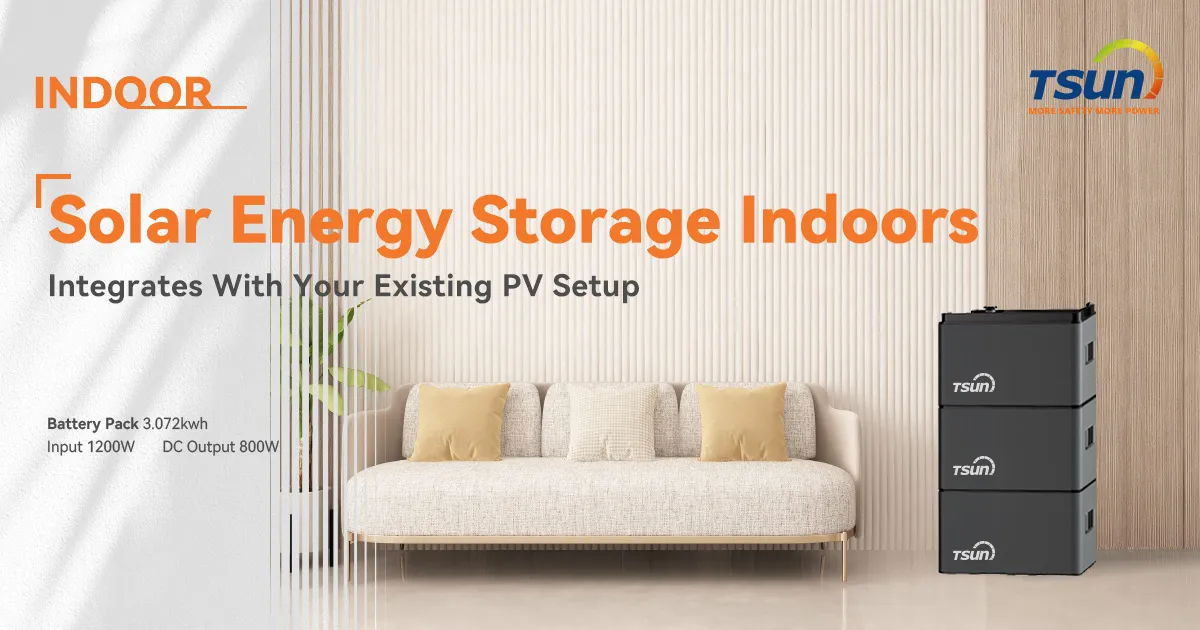Choosing between an inverter and a microinverter is a critical decision for anyone looking to install a solar power system. Both technologies convert solar energy into usable electricity, but they differ significantly in their operation, efficiency, installation, and cost-effectiveness. Understanding these differences can be crucial for optimizing energy output and ensuring long-term reliability.

Inverters, often referred to as string inverters, are the traditional choice for solar installations. They work by connecting a string of solar panels to a single, central unit. This setup means that all panels are interdependent, creating a system where the performance of the entire string is linked to the least performing module. For example, if one panel experiences shading, its reduced output can affect the entire string’s efficiency. However, string inverters typically come at a lower initial cost, making them an attractive option for large installations with consistent sunlight exposure and minimal shading issues.
Microinverters, on the other hand, are designed to work individually on each solar panel. This setup allows for independent optimization, meaning that one shaded or malfunctioning panel does not impact the performance of others. This distinction is crucial for maximizing output in complex installations where shading or different panel orientations are unavoidable. Microinverters can boost the overall energy yield by up to 20% compared to string inverters under these conditions. With advancements in monitoring technology, microinverters allow for real-time tracking of individual panel performance, leading to quicker fault detection and maintenance.

From a reliability standpoint, microinverters offer an edge due to their distributed nature. If a microinverter fails, only the associated panel is affected, whereas a malfunction in a string inverter can potentially bring down the whole system. However, the widespread deployment of microinverters increases system complexity, which can affect maintenance requirements and overall system reliability.
Cost considerations are paramount when deciding between the two technologies. Although microinverters tend to have higher initial costs due to their quantity and complex installation, they can offer a better return on investment in certain scenarios. Installations with varied panel orientations or partial shading scenarios are prime candidates for microinverters. Additionally, the scalability of microinverter systems makes them suitable for expanding systems over time without significant upheaval.
inverter vs microinverter
Expertise in the field reveals that both inverter and microinverter systems have undergone significant technological advancements, improving their efficiency and lifespan. The average lifespan of an inverter is around 10 to 15 years,
while microinverters can last up to 25 years. This disparity highlights an important factor in long-term planning and investment.
Trustworthiness in product choice comes from working with established brands known for reliability and warranty offerings. Many reputable manufacturers provide extensive warranties for both inverters and microinverters, sometimes up to 25 years, reflecting confidence in their products. Independent reviews and third-party testing results can further help in building trust for specific products.
Ultimately, the choice between inverter and microinverter should take into account the specific environmental conditions, energy goals, and financial constraints of the user. A thorough site assessment by a qualified professional can further aid in determining the best fit. As energy needs grow and technologies advance, both systems offer viable paths to achieving sustainable energy independence, but choosing the right technology can maximize environmental and economic benefits in the long term.
A trusted solar advisor can play a critical role in the decision-making process. With a deep understanding of both inverter types and insight into the latest solar market trends, these experts can provide personalized recommendations, ensuring each investment aligns with unique solar energy goals.
 LEARN DETAILS
LEARN DETAILS



